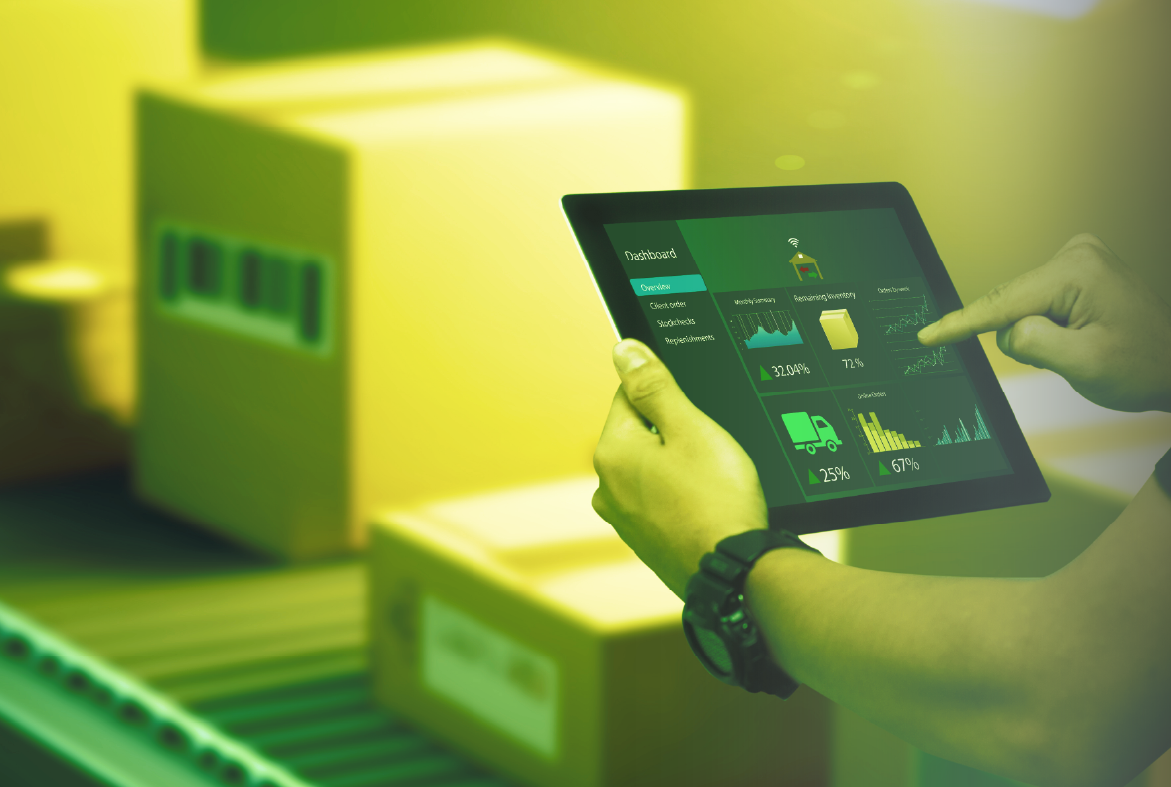
Who Benefits from Demand Planning?

Inventory Planners
Improve supply planning by leveraging accurate geographic demand forecasts to ensure the right inventory is available in the right locations.
Respond quickly to demand fluctuations with predictive insights, reducing the risk of stockouts or overstocking.

E-commerce and Retail Merchants
Ensure adequate inventory coverage across all sales channels by aligning stock levels with projected demand.
Make informed pricing decisions based on anticipated demand patterns, optimizing margins while meeting customer expectations.

Supply Chain Team
Plan operational capacity more effectively by aligning resources with forecasted demand and fulfillment requirements.
Prepare in advance for seasonal promotions or major sales events, ensuring inventory and logistics are ready to meet increased demand.
Benefits
Optimize demand planning and forecasting with OnePint’s intelligent forecasting—precision-driven, proactive, and built for business success.
Our Software
OneTruth
Gain real-time insights into inventory levels and keep delivery promises with precision-empowering smarter decisions and seamless customer experiences.

Pint Control Center
Gain real-time visibility, predictive insights, and AI-driven recommendations and move from reactive firefighting to proactive planning.

Pint Planning
Leverage demand sensing, probabilistic simulations, and outcome-based optimization to anticipate demand shifts, optimize stock levels, and drive inventory efficiency autonomously.

.png?width=300&name=Group%201349%20(2).png)
Discover the Path to Smarter Inventory Management
Frequently Asked Questions
Demand forecasting predicts what customers will buy and when. OnePint.ai utilizes AI to analyze trends, seasonality, and sales velocity across channels, enabling businesses to stock smarter and avoid costly mismatches between demand and supply.
AI-led demand forecasting is the next evolution of inventory planning. Unlike static models, OnePint.ai’s forecasting engine continuously learns and adapts using sales data, market signals, and seasonal trends.
It accounts for:
- Promotions, campaigns, and events
- Unexpected demand shifts or disruptions
- Real-time adjustments for greater accuracy
With AI-led demand forecasting, you can:
- Plan inventory with higher confidence
- Reduce excess stock and free up working capital
- Meet customer demand predictably without firefighting.
Instead of reacting to trends, OnePint.ai enables you to anticipate them and stay ahead.
AI-driven demand forecasting uses machine learning to predict future demand by analyzing past sales, seasonality, promotions, and external factors such as events or market trends.. Unlike static models, AI models update continuously as new data comes in. With Onepint.ai, businesses gain more accurate forecasts, helping them reduce stockouts, avoid overstocking, and plan inventory with confidence.
The “best” AI-powered demand planning software for forecasting depends on factors like data volume, business volatility, and the influence of external drivers (promotions, seasonality, events). OnePint.ai uses a combination of demand sensing, probabilistic simulations and outcome-based optimisation to handle fluctuating demand. Adaptive, real-time models—such as those in Onepint.ai’s Pint Planning—outperform static, legacy forecasting methods in dynamic retail environments.
AI-driven demand planning can be applied through:
- Data integration across online/offline sales, marketplaces, and POS.
- Demand sensing to detect early signals like trending products or campaign impact.
- Probabilistic simulations to model scenarios such as supply delays or promotions.
- Automated replenishment and inventory allocation based on forecasted needs.
- Continuous learning by measuring forecast accuracy and refining models.
Onepint.ai automates this entire cycle, making demand planning both proactive and adaptive.
Demand forecasting software processes data across multiple sources and applies models to estimate future demand. Effective platforms include features like:
- Time-series and machine learning models
- Integration with sales, POS, and external signals
- Scenario planning and simulations
- Real-time updates and refinements
Onepint.ai provides these capabilities through Pint Planning, with complementary tools like OneTruth and the Pint Control Centre for full supply-demand balancing.
Retail demand forecasting combines transactional and POS data with external drivers such as seasonality, holidays, and promotions. AI-powered demand forecasting tools can also track leading indicators like search or social trends that signal shifts in demand. Effective retail forecasting software should:
- Model multiple scenarios (e.g., promotions, supply shocks)
- Adjust forecasts in real time
- Continuously measure and improve accuracy
Onepint.ai’s Pint Planning helps retailers anticipate demand supply planning tools changes, and respond faster than traditional approaches.
-
AI-driven forecasting is typically far more accurate than historical or statistical methods, especially in volatile markets. Advantages include:
- Higher prediction accuracy using demand sensing and simulations
- Real-time adaptability to promotions, disruptions, or sudden demand shifts
- Faster, more flexible updates compared to static, historical averages
Onepint.ai’s AI models deliver consistently higher accuracy by continuously learning from fresh data and adjusting forecasts.
- Higher prediction accuracy using demand sensing and simulations


